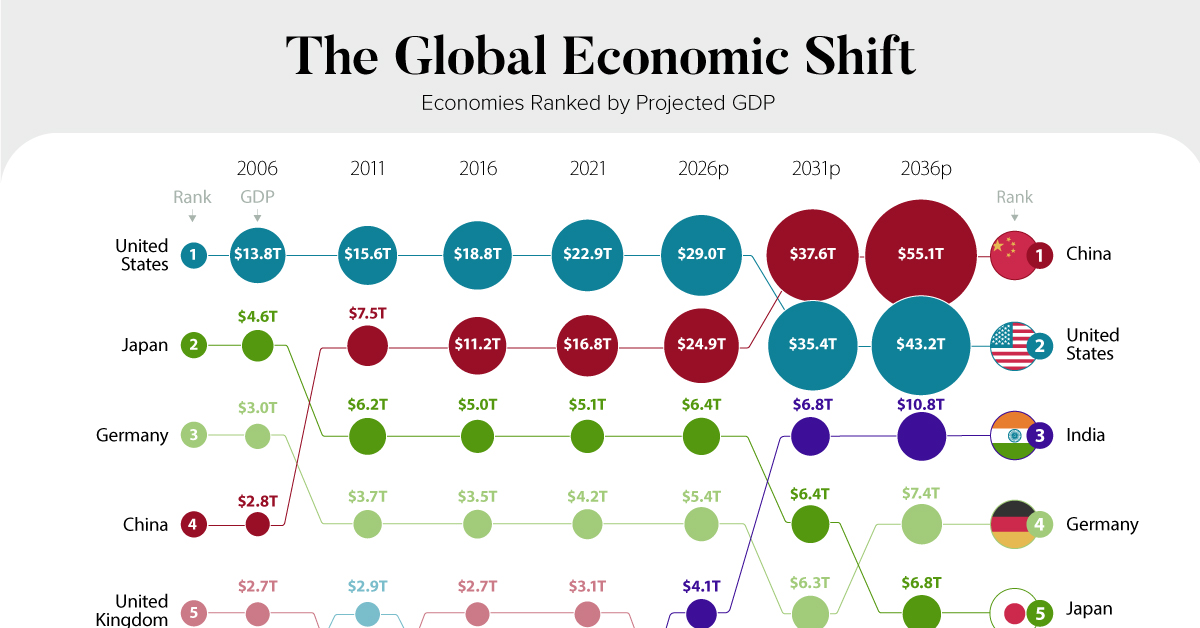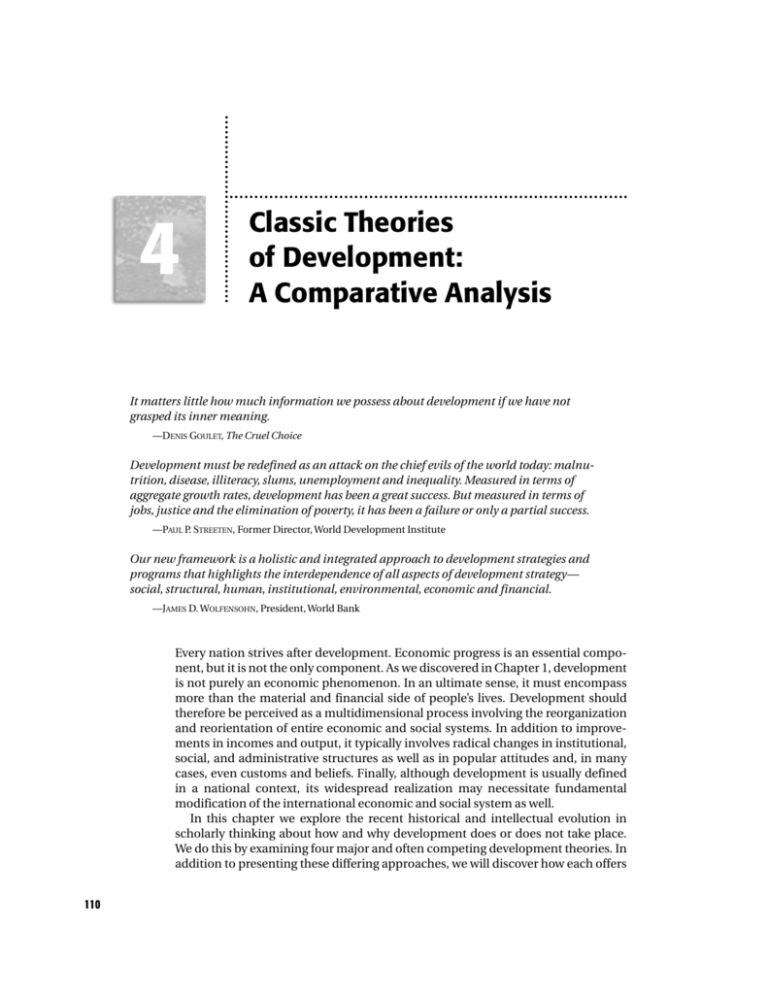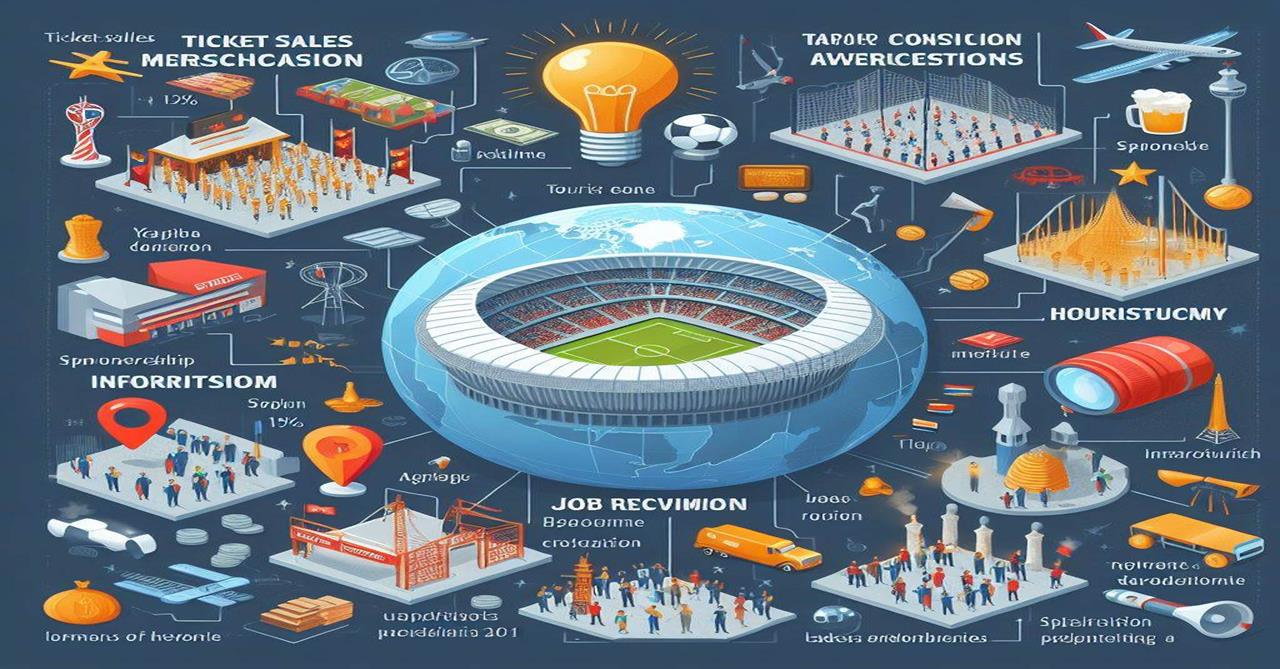
The Shifting Balance of Economic Power: East vs. West – A Beginner’s Guide
Imagine a giant seesaw that represents the world’s economic power. For centuries, one side – the "West" – has been firmly planted on the ground, holding most of the weight. But in recent decades, something remarkable has happened: the "East" side of the seesaw has started to rise, gaining significant weight and tilting the balance.
This isn’t just about headlines; it’s about profound changes that affect everything from the clothes we wear and the technology we use to global politics and our job markets. So, let’s break down this fascinating shift in a way that’s easy to understand.
What Do We Mean by "East" and "West"?
When we talk about "East" and "West" in economic terms, we’re broadly referring to:
- The "West": Primarily the United States, Canada, Western Europe (like Germany, France, the UK), and other developed nations such as Australia and New Zealand. These countries have historically dominated the global economy since the Industrial Revolution.
- The "East": Largely refers to Asia, with China and India being the two biggest players. It also includes countries in Southeast Asia (like Indonesia, Vietnam, Malaysia), South Korea, and Japan (which, while developed, is geographically and culturally Eastern and increasingly intertwined with the broader Asian economic sphere).
The Ascendant East: A New Economic Dawn
For a long time, the "East" was often seen as a source of cheap labor or raw materials. But that picture has changed dramatically.
The Rise of China: The Economic Giant
China’s transformation has been nothing short of astonishing. From a largely agrarian society just a few decades ago, it has become the world’s second-largest economy (and by some measures, the largest when adjusted for purchasing power).
- How it Happened:
- Manufacturing Powerhouse: China became the "world’s factory," producing everything from toys to electronics for global consumption.
- Massive Population: A huge domestic market of over 1.4 billion people creates immense demand for goods and services.
- Infrastructure Investment: Billions have been spent on building modern roads, railways, ports, and high-tech cities.
- Technological Advancement: China is no longer just copying; it’s innovating rapidly in areas like AI, 5G, e-commerce, and renewable energy. Companies like Huawei, Alibaba, and Tencent are global players.
- Government-Led Growth: The government has played a strong role in directing economic development and investing in strategic industries.
India: The Next Frontier?
Often called "the world’s largest democracy," India is also experiencing significant economic growth, though at a different pace and with different characteristics than China.
- Key Strengths:
- Young and Large Workforce: A vast, young, and increasingly educated population.
- IT and Services Hub: A global leader in information technology (IT) services, call centers, and software development.
- Growing Middle Class: A huge potential consumer market.
- Democratic System: Appeals to Western businesses looking for a more familiar political environment.
Southeast Asia: The Emerging Tigers
Countries like Vietnam, Indonesia, Malaysia, and the Philippines are also growing rapidly, benefiting from manufacturing shifting away from China and increasing foreign investment.
Key Drivers of the East’s Growth:
- Globalization: Easier trade and investment allowed Eastern nations to integrate into the global economy.
- Large Populations: Provide both a massive workforce and a huge consumer base.
- Rapid Urbanization: People moving to cities creates demand for housing, services, and infrastructure.
- Technological Leapfrogging: Many Eastern nations adopted new technologies (like mobile internet) faster, sometimes skipping older technologies (like landlines).
The Enduring West: Innovation and Influence
While the East has been rising, the "West" hasn’t exactly been standing still. These nations still hold immense economic power and influence.
-
The United States: The Global Economic Leader (Still)
- Innovation Hub: Remains the world leader in groundbreaking innovation, especially in tech (Silicon Valley), biotech, and space exploration.
- Financial Powerhouse: New York (Wall Street) and London are global financial capitals, attracting investment and facilitating trade worldwide.
- Strong Institutions: Stable legal systems, property rights, and democratic governance provide a predictable environment for business.
- Consumer Spending: Americans are major consumers, driving global demand for goods and services.
- Powerful Brands: Many of the world’s most recognizable brands (Apple, Coca-Cola, Nike) originate in the West.
-
Europe: Economic Bloc and Diverse Strengths
- Industrial Strength: Germany is a manufacturing powerhouse (automobiles, machinery).
- Luxury and Tourism: France and Italy are leaders in luxury goods, fashion, and tourism.
- Social Models: Many European countries offer strong social safety nets and high quality of life.
- Single Market: The European Union (EU) acts as a massive single market, fostering trade among member states.
Key Strengths of the West:
- High Per Capita Income: People generally earn more, leading to higher living standards.
- Advanced Research & Development (R&D): Significant investment in scientific research and new technologies.
- Mature Financial Markets: Sophisticated systems for investing, borrowing, and trading.
- Strong Rule of Law: Predictable legal frameworks that protect businesses and individuals.
- Soft Power: Cultural influence (movies, music, fashion) that promotes Western products and ideas globally.
Challenges Facing the West:
- Slower Growth Rates: Generally slower economic growth compared to many Eastern nations.
- Aging Populations: Many Western countries face challenges with an aging workforce and increasing healthcare costs.
- High Debt Levels: Governments and individuals often carry significant amounts of debt.
- Manufacturing Shift: Much of the manufacturing has moved to the East, leading to job losses in some sectors.
The Great Rebalancing: How the Scales are Tilting
This isn’t about one side "winning" and the other "losing." It’s about a complex, ongoing rebalancing act.
- GDP Growth: The East, particularly China and India, has consistently higher GDP growth rates than most Western economies. This means their economies are expanding faster.
- Manufacturing Output: The East now produces a significant majority of the world’s manufactured goods.
- Technological Leadership: While the West still leads in fundamental research, the East is catching up and even surpassing in certain applied technologies, especially in areas like mobile payments, e-commerce, and some aspects of AI.
- Financial Influence: New financial centers are emerging in the East (Shanghai, Hong Kong, Singapore), challenging the long-held dominance of New York and London.
- Global Trade Routes: Initiatives like China’s "Belt and Road Initiative" are reshaping global trade routes and infrastructure, with the East at the center.
- Consumption Power: As the East’s middle class grows, their consumer power becomes increasingly important for global brands and markets.
Think of it this way: The West built the global economic highway, but now the East is building new, faster lanes and even new destinations on that highway.
Beyond the Rivalry: Areas of Competition and Collaboration
While there’s a lot of talk about "competition" between East and West, it’s also a relationship of deep interdependence.
Areas of Competition:
- Trade: Disputes over tariffs, market access, and intellectual property (copying designs or ideas).
- Technology: A race for dominance in critical technologies like semiconductors, artificial intelligence, and quantum computing.
- Influence: Competition for political and economic influence in different regions of the world.
- Resources: Securing access to vital raw materials and energy.
Areas of Cooperation:
- Climate Change: Both East and West are major emitters and must work together to tackle global warming.
- Global Health: Pandemics (like COVID-19) show that health crises require international collaboration.
- Financial Stability: Economic shocks in one region can quickly spread globally, requiring coordinated responses.
- Terrorism and Security: Shared threats often necessitate intelligence sharing and joint efforts.
Your World in the Balance: Why This Matters to You
This shifting balance isn’t just for economists or politicians. It impacts your everyday life:
- Consumer Goods: More products are designed, manufactured, and sometimes even invented in the East. This can mean more choices and potentially lower prices.
- Job Markets: The rise of Eastern economies can create new job opportunities in areas like international trade, technology development, and services that cater to global markets. Conversely, it can also lead to job shifts in traditional manufacturing in the West.
- Investments: Understanding these shifts can help you make smarter decisions about where to invest your money.
- Global Issues: Issues like climate change, supply chain disruptions, or even new pandemics increasingly require cooperation between East and West.
- Travel and Culture: Increased economic interaction leads to more cultural exchange, making the world feel smaller and more interconnected.
The Future is Interconnected: Navigating the New Economic Landscape
The shift in economic power from West to East is one of the most significant trends of our time. It’s not a simple story of one replacing the other, but rather a complex evolution where both regions are deeply interconnected and influence each other.
The future global economy will likely be more multi-polar, with multiple centers of power and influence. Understanding this dynamic is crucial for anyone who wants to make sense of the world we live in and prepare for the opportunities and challenges ahead. The seesaw is still in motion, and watching where it settles will be one of the most important economic stories of the 21st century.




Post Comment